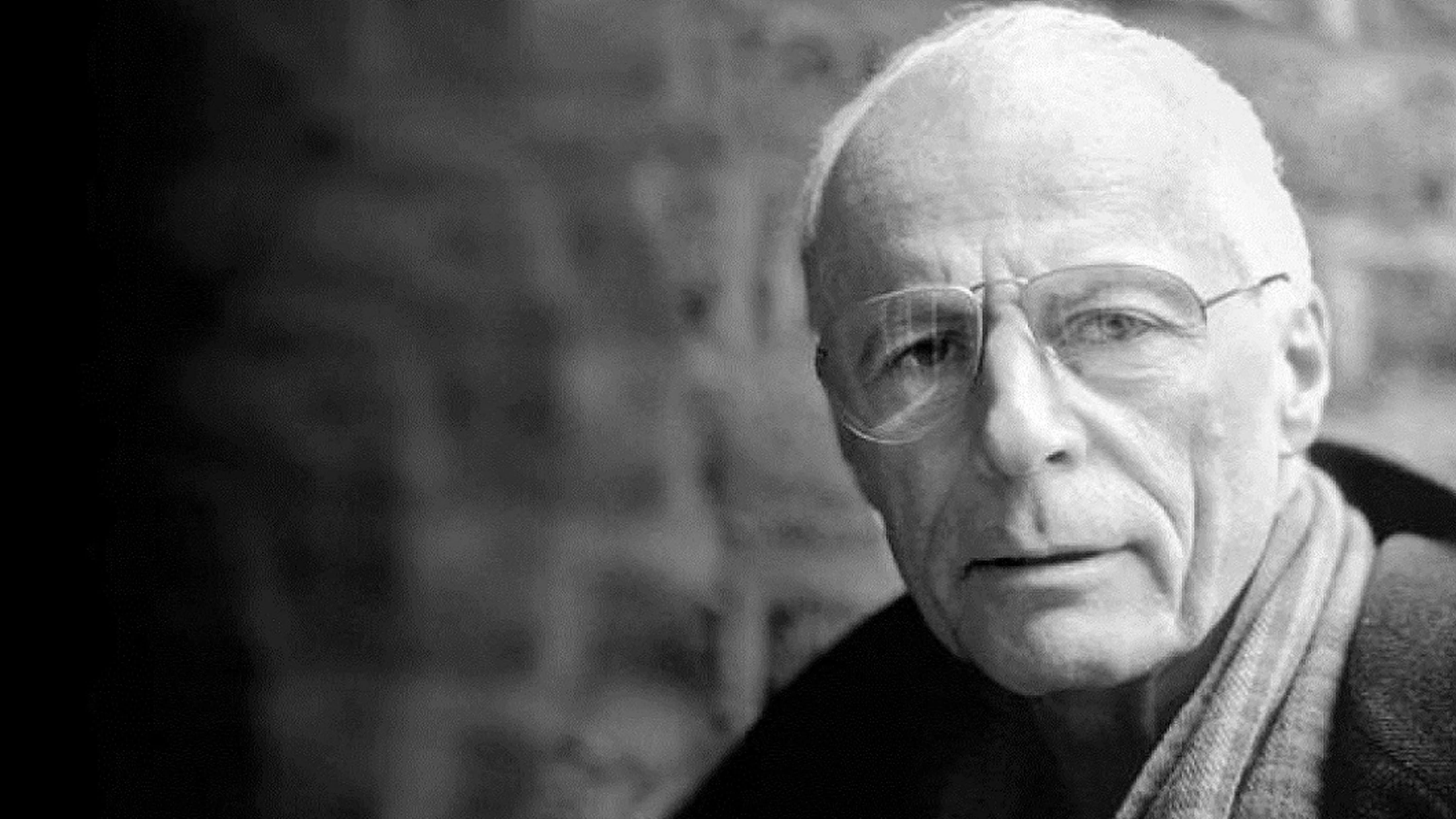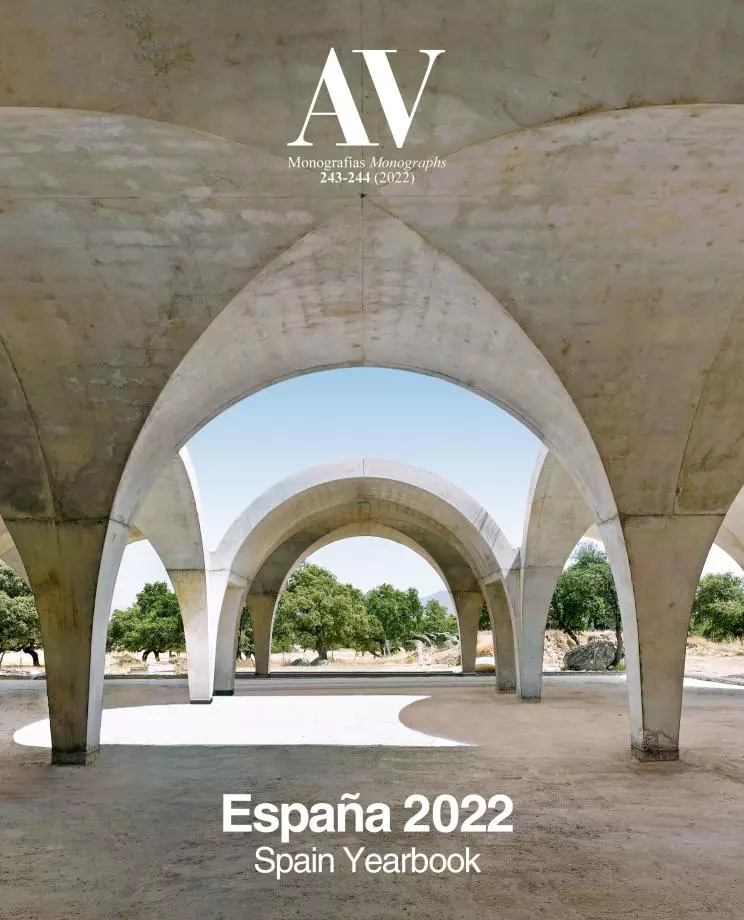
1920-2021
Pritzker laureate and one of the most unique architects of the 20th century, Gottfried Böhm passed away at the patriarchal age of 101 years in Cologne, where he developed most of his career. Following in the steps of his father Dominikus – with whom he worked until 1955 –, Böhm studied architecture. He admired and met Mies van der Rohe and Walter Gropius, but the influence of his father and his collaboration with Rudolf Schwarz on the committee to rebuild Cologne led him to develop an architecture very different from that of the masters of modernity. An architecture that, not very accurately, was labelled at the time as ‘post-Bauhaus’ and that, perhaps still imprecisely, we term ‘expressionist’ today. Expressionist in the sense that Böhm’s buildings – in particular the seventy churches that, like the famous one dedicated to Maria Konigin des Friedens in Verlbert (1963), he built across Germany under the reformist spirit of the Second Vatican Council –reflect a powerful sculptural sense. Their concrete forms create spaces in which light serves a scenography of Baroque nature whose ultimate purpose is to strengthen community sentiment.






